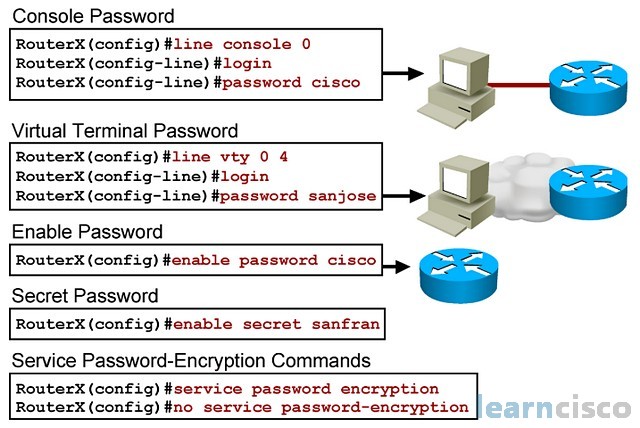- IoT applications that use the MRAA/UPM sensor library
- Any application that interacts with system resources that require su, sudo, or root access
- Any tool that requires remote root or sudo access to your target system
Config Ssh Password Change

Ssh Config Password Authentication
For configuring passwordless public key authentication, see ssh-keygen. The ssh program on a host receives its configuration from either the command line or from configuration files /.ssh/config and /etc/ssh/sshconfig. Command-line options take precedence over configuration files. The user-specific configuration file /.ssh/config is used next. Config.ssh.password (string) - This sets a password that Vagrant will use to authenticate the SSH user. Note that Vagrant recommends you use key-based authentication rather than a password (see privatekeypath) below. If you use a password, Vagrant will automatically insert a keypair if. No, it is not possible. The configuration options are described in the manual page for sshconfig and there is no such option as Pass. There are no patches (at least I didn't see any during the years yet), because it is very insecure to store passwords in plain text. I recently needed this but none of the options above worked, ssh -v showed that the command-line options passed via the -o switch were over-ridden by the values specified in my /.ssh/config file. What worked was this: ssh -F /dev/null @ From the ssh man page:-F configfile Specifies an alternative per-user configuration file.
- Linux*, Windows*, or macOS*
- Linux
- Open a terminal session (CMD window on Windows) and CD to your home directory.
- Enter the following commands to create an .ssh directory, set the proper permissions, and CD into the new .ssh directory.
- To generate a RSA key pair with anempty passphrase(that is, do not provide a passphrase when asked), enter:
- To copy the new public key to your target system's home folder, enter the following, where:= the name used to access the target andtarget= the IP address or the network hostname of the targetYou should be prompted for the non-root user password for your target device.
- To display the target's strings, including the target's hostname as the second field in the output, enter:
- To login to the on the target using SSH and switch to theroot userusing sudo, enter:Note that the sudo command should prompt you for your target system's password.
- To copy the public key that you transferred to the non-root user account on the target into the root user's authorized keys file, enter:
- Exit twice, first from the sudo bash session, second from the ssh connection:
Next: Create a New Connection and Connect to Your Target
- Password-less access works only when you connect to your target system from your host development system with a matching private SSH key. Attempting to connect from a different host system will still require a password.
- Make sure that you have created a project for Linux targets, and that this project is selected in the Project Explorer.
